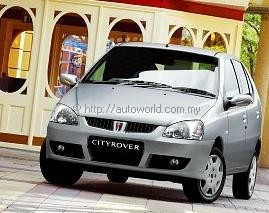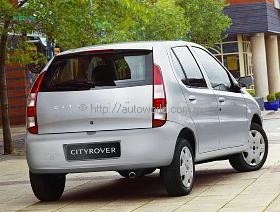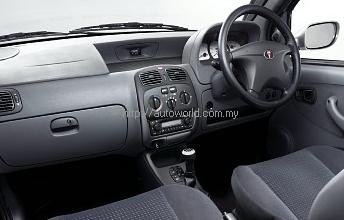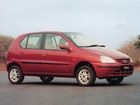TATA Indica Becomes CityRover in UK
It must be a proud achievement for India’s TATA Engineering to have its first car, the Indica, bearing the famous and historical Rover badge on its grille. In a deal signed last year between the huge Indian conglomerate and the MG Rover Group (which BMW sold to Phoenix Venture Holdings), TATA is building the CityRover for Rover based on the Indica platform at its plant in Pune, India.
While Rover is a company with a long history of making cars, its position today is rather different from that of the first half of the last century and in today’s global automotive industry, it makes sense to build cars where there are cost benefits to be gained.
The CityRover is rather like a Daihatsu Mira being morphed into a Perodua Kancil except that rather than take the design of the Indica, Rover has instead given TATA Engineering the engineering and manufacturing responsibility for the model which is said to be up to ‘MG Rover’s design and engineering standards’; more importantly, the demands on quality would be very much higher.
The CityRover gives the UK company a model to compete in the city small car segment of UK and Europe and will be sold at prices between £6,500-£8,500 (RM40,216 – RM52,590). While the Indica has been mostly sold with diesel engines in India, the CityRover gets a 1.4-litre SOHC TATA MPI engine which develops 62.5 kW/85 ps at 5500 rpm, a power rating which MG Rover says compares favourably with rivals such as Peugeot 106/Citroen Saxo twins, Ford Ka, Vauxhall/Opel Agila, VW Lupo and the Fiat Seicento. More significantly, most of the rivals are 3-door hatchback models whereas the CityRover has 5 doors.
The CityRover’s value-for-money pricing structure will position it against some 90% of the products available in the entry-level sector. In addition, because of its space and power, it will be an attractive alternative to small cars in the next category, such as the Renault Clio, Toyota Yaris and Fiat Punto.
MG Rover is optimistic about the acceptance of the new model because it is aiming at first-time buyers. Approximately half of the cars in this sector are purchased as second cars in a household and buyers tend to be open-minded with around 60% of purchasers having no loyalty to specific brands.
The key to CityRover’s generous interior space is its long 2400 mm wheelbase and tall cabin. The rear seats are slightly higher than the front ones to optimise the rear passenger viewpoints; they also feature the classic 60/40 split with jack-knife folding giving a flat load floor and flexible load carrying configurations between 220 litres and 610 litres. Rover-specified interior trim uses a variety of high grade woven or knitted fabrics according to model, and there is a full-leather option for the top ‘Style’ model.
Rover engineers have tuned the chassis, which has all-independent coil sprung suspension (McPherson strut front, semi-trailing arms at the rear), specifying larger 14 inch by 5J wheels and 175/60R 14 tyres, a lower ride height and revised damper and spring rates to give a good ride and handling balance.
Steering is by rack and pinion, with power assistance standard in all except the cheapest version. Servo-assisted braking is via 231 mm diameter ventilated front discs and 200 mm diameter rear drums.

































